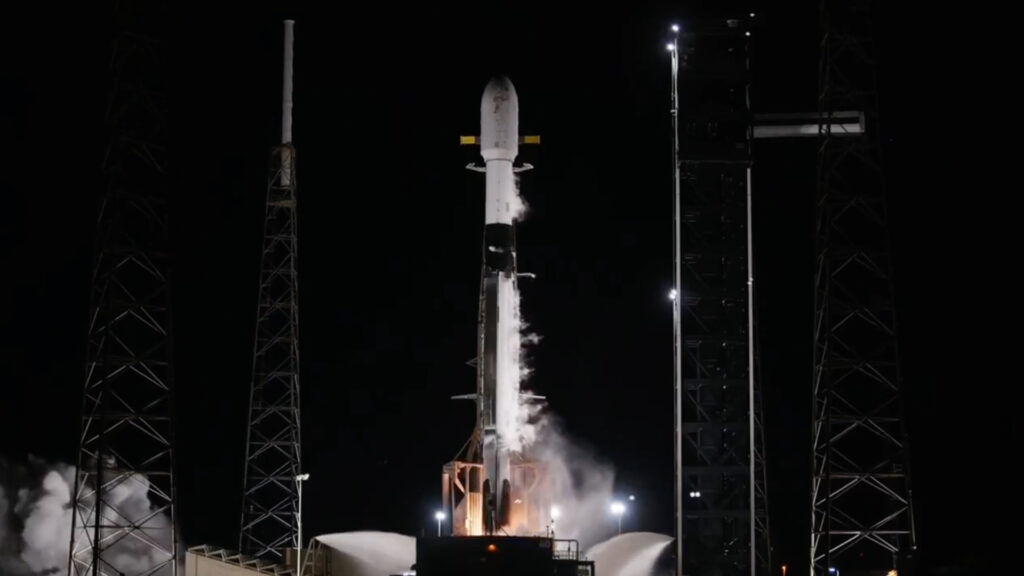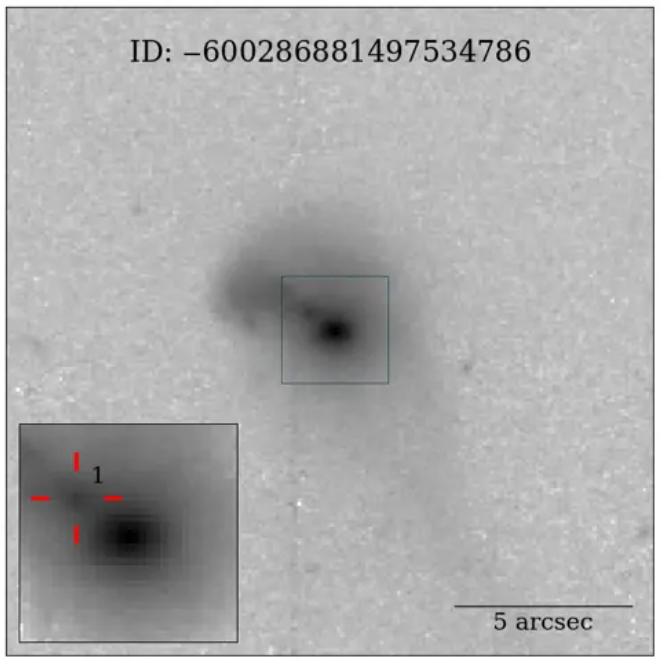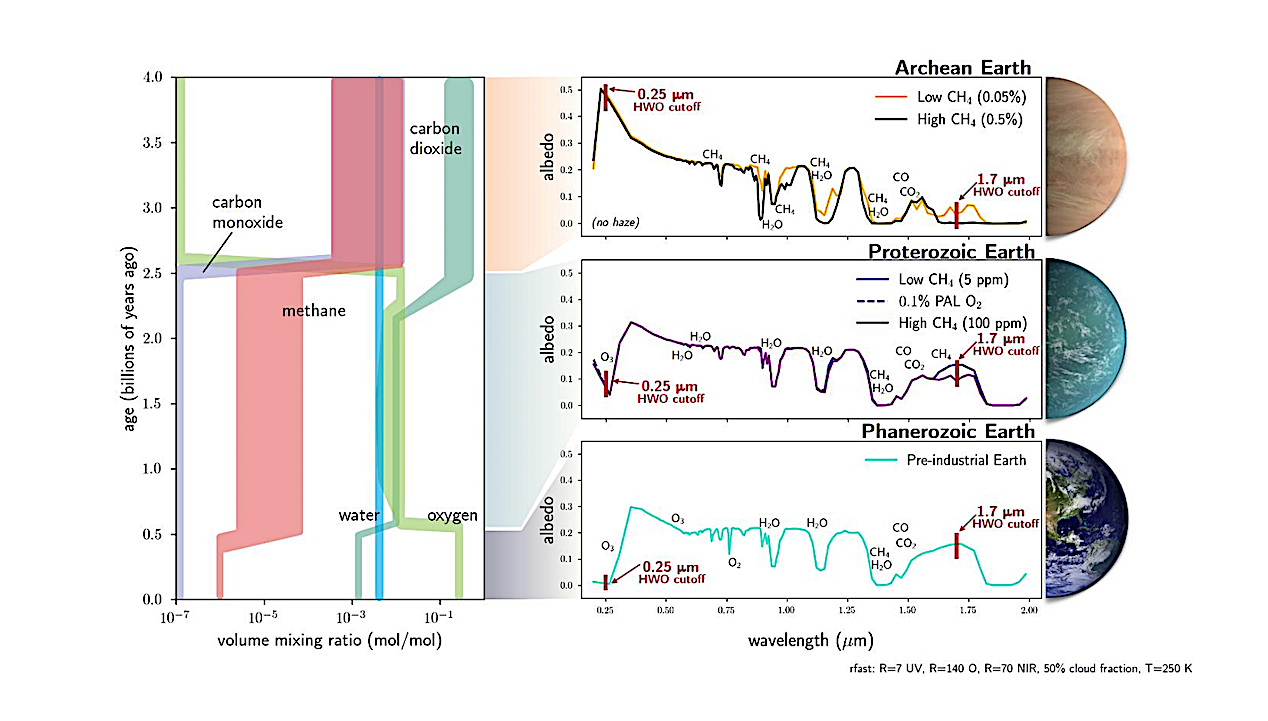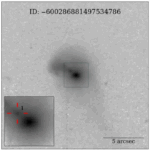Now Reading: Don’t miss the crescent moon cozy up to Jupiter early on July 23
-
01
Don’t miss the crescent moon cozy up to Jupiter early on July 23
Don’t miss the crescent moon cozy up to Jupiter early on July 23
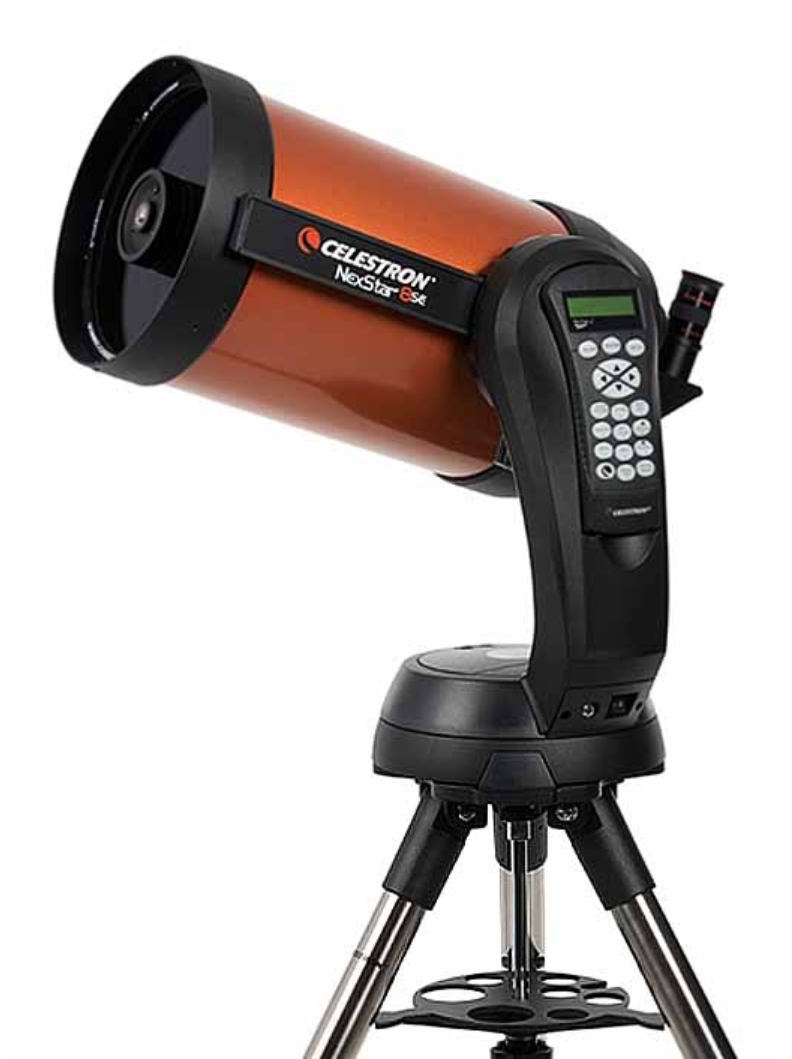
The crescent moon will shine close to the gas giant Jupiter in the morning sky on July 23, with its shadow-veiled disk softly lit by sunlight reflected off Earth’s surface, a ghostly effect known as Earthshine
Look east around 4 a.m. local time, just before dawn, to see the slender form of the crescent moon climb above the horizon. Jupiter, appearing as a bright “star” will sit about 5 degrees to the right of the moon — roughly the combined width of your index, middle and ring fingers held at arms length against the night sky!
Venus will shine to the upper right of Jupiter in the pre-dawn sky, forming a fleeting cosmic triangle with the red supergiant star Betelgeuse, which will appear low on the eastern horizon before vanishing in the light of the rising sun.
A telescope with an aperture of 6 inches or more will allow viewers to observe Jupiter’s four brightest moons, Io, Europa, Ganymede and Callisto, as well as the planet’s gargantuan banded cloud layers. However, care must be taken to never point a telescope or binoculars in the direction of the rising sun, as doing so could result in a permanent loss of vision.
TOP TELESCOPE PICK:
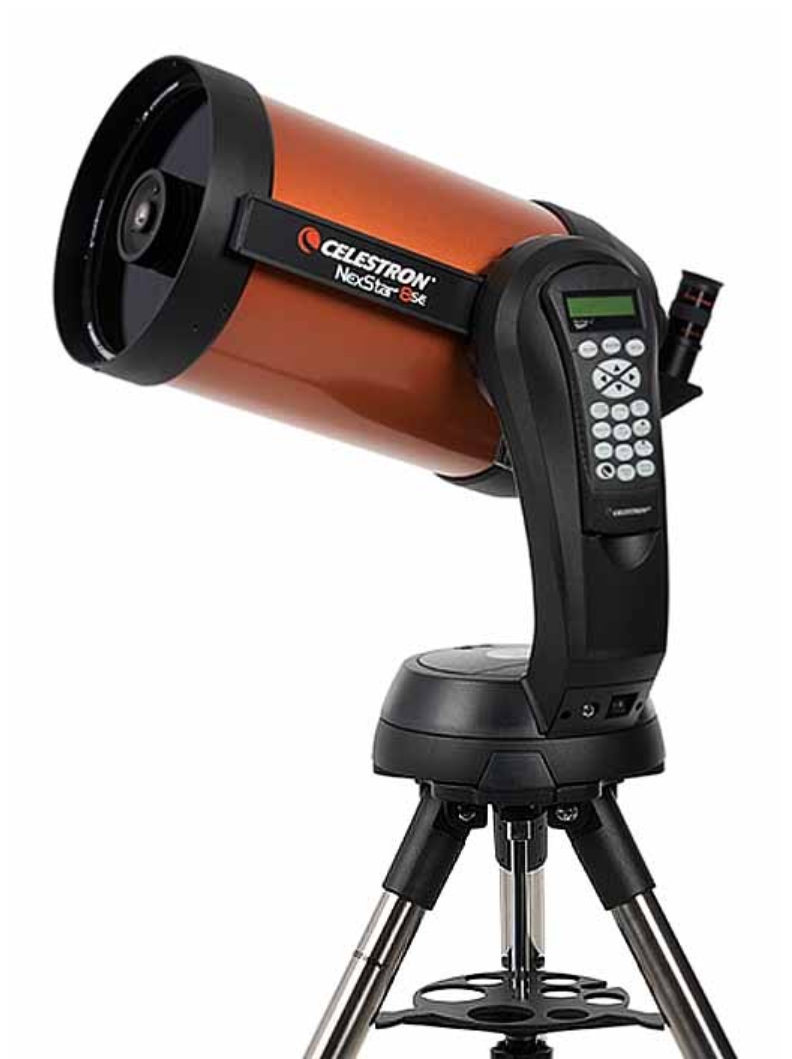
Want to see the moon with Jupiter? The Celestron NexStar 8SE is ideal for beginners wanting quality, reliable and quick views of celestial objects. For a more in-depth look at our Celestron NexStar 8SE review.
On the nights surrounding the new moon on July 24, you might notice a soft light suffusing the lunar disk This phenomenon, often referred to as Earthshine or the ‘Da Vinci Glow’, occurs when sunlight bounces off Earth and illuminates the moon’s nightside and is often visible when the moon is a thin crescent.
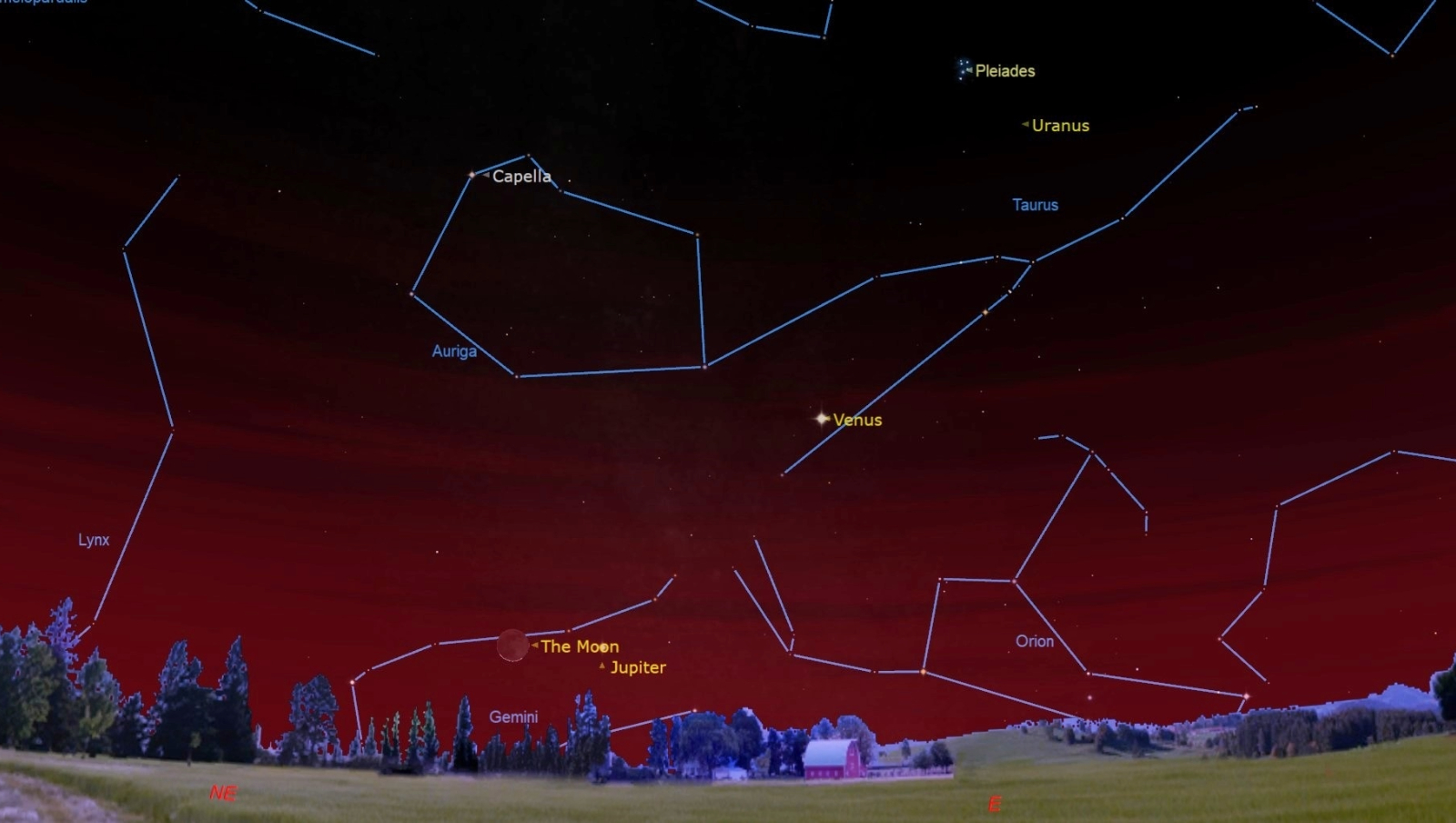
This gentle glow reveals the vast basaltic planes of the lunar seas darkening swathes of the lunar surface. The formations were created billions of years ago when ancient lava flows flooded a network of gigantic impact basins left behind by cataclysmic asteroid strikes, which later hardened to renew the lunar surface.
The dark nights on either side of the new moon phase present a perfect opportunity to spot the diffuse light cast by the Pleiades open star cluster — a gravitationally bound collection of over 1,000 stellar bodies that orbits within the Milky Way some 410 light-years from Earth. The Pleiades will be visible as a hazy smudge of light from a dark sky location to the upper right of Venus on the night of July 23. A pair of 10×50 binoculars will allow viewers to pick out the most prominent of the blue-white stars, while a small telescope will help resolve a far greater number.
Stargazers hoping to explore the wonders of the night sky should read our guide to the top telescopes and binoculars available in 2025. Those new to the hobby should also check out our roundup of the best smartphone astronomy apps, which use augmented reality technology to pinpoint the locations of the stars, constellations, planets and deep sky objects that populate the night sky.
Editor’s Note: If you would like to share your astrophotography with Space.com’s readers, then please send your photo(s), comments, and your name and location to spacephotos@space.com.
Stay Informed With the Latest & Most Important News
-
 012024 in Review: Highlights from NASA in Silicon Valley
012024 in Review: Highlights from NASA in Silicon Valley -
 02Panasonic Leica Summilux DG 15mm f/1.7 ASPH review
02Panasonic Leica Summilux DG 15mm f/1.7 ASPH review -
 03How New NASA, India Earth Satellite NISAR Will See Earth
03How New NASA, India Earth Satellite NISAR Will See Earth -
 04And Thus Begins A New Year For Life On Earth
04And Thus Begins A New Year For Life On Earth -
 05Astronomy Activation Ambassadors: A New Era
05Astronomy Activation Ambassadors: A New Era -
06SpaceX launch surge helps set new global launch record in 2024
-
 07Space Force plans new ‘Futures Command’ amid pressure to speed up modernization
07Space Force plans new ‘Futures Command’ amid pressure to speed up modernization












